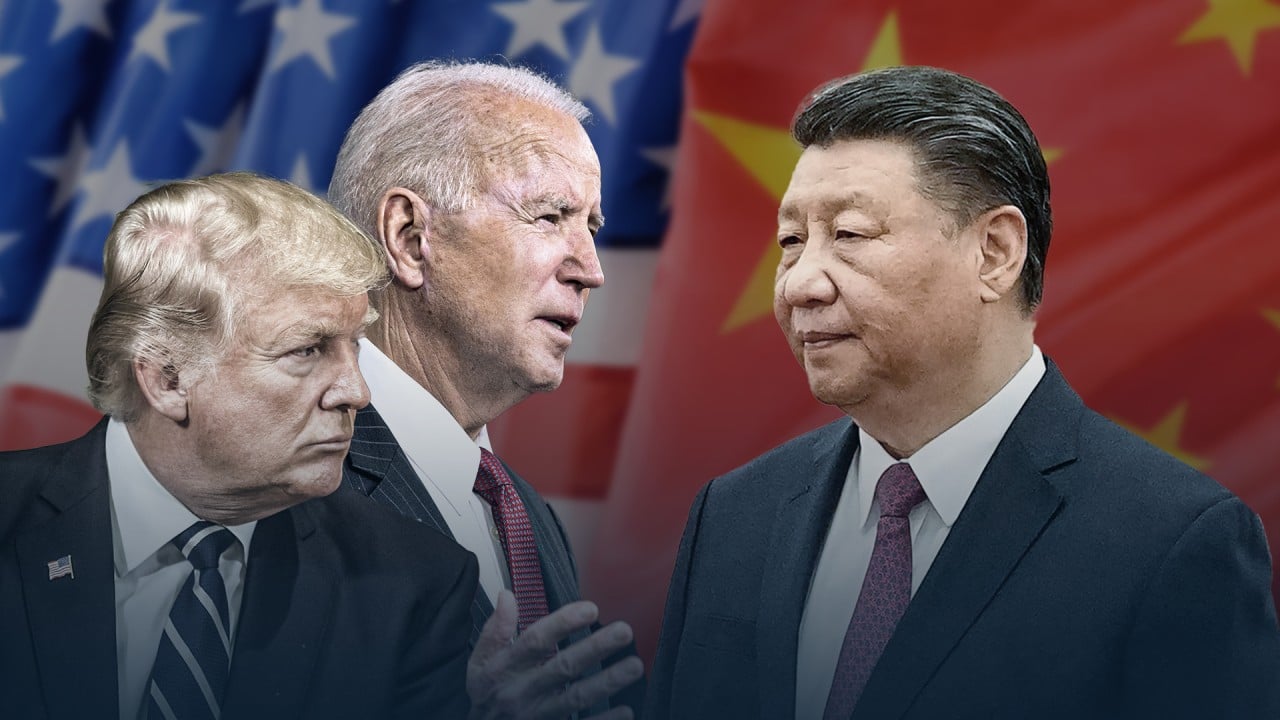
When Chinese leaders assemble in the coming days to examine the nation’s bumpy post-Covid recovery and set next year’s growth targets, external uncertainties look to be prioritised during their closed-door discussions.
Pundits have pointed to the positive impact for China of potential interest rate cuts by the US Federal Reserve, which could reduce pressure on the yuan and result in a greater inflow of capital. However, there are concerns about how Washington’s policymakers will behave during the coming election year, and how their actions could disrupt the world’s second-largest economy.
“It’s mainly about Fed rate decisions and the American presidential race, when we talk about if China will have a stable outside environment,” said Zhu Feng, dean of the Institute of International Relations at Nanjing University.
Fed cuts would benefit the Chinese economy in the short run and allow for greater manoeuvring in China’s monetary policy
Many economists, including Chinese and Americans, expect that the US’ most aggressive rate-rising cycle in 40 years – totalling 525 basis points since March 2022 – will end soon, and that the first interest rate cut could come as early as mid-2024.
“Fed cuts would benefit the Chinese economy in the short run and allow for greater manoeuvring in China’s monetary policy,” Zhang Jun, director of Fudan University’s School of Economics, said at a forum in Shanghai last month.
“The rate-cut cycle should ultimately lead to lower financing costs for businesses – a positive for trade flows,” said Heron Lim, an economist at Moody’s Analytics, adding that any uptick in net exports would likely be gradual, as initial rate cuts would be small.
Another charm offensive from China: closer supply chains, no decoupling
Another charm offensive from China: closer supply chains, no decoupling
However, Lim warned that the Chinese economy, in terms of exports and capital flow, has much more riding on whether US-China ties continue to improve in an election year than on other factors such as Fed rate cuts or the rate spread between the two countries.
In dollar terms, China’s exports to the US in the first 10 months of the year contracted by 15.4 per cent, year on year, more than double the 5.6 per cent dip in the country’s total exports in the same period, but the share of exports to the US still accounted for 15 per cent of China’s total.
A meeting between presidents Xi Jinping and Joe Biden last month built on the momentum of an uptick in exchanges in recent months. But some observers have cast doubt on this momentum continuing, as US election years tend to amplify calls to be tough on China, as well as calls to decouple.
Bala Ramasamy, deputy director of the China Europe International Business School, said the expected rate pause or reduction would be good news for the yuan, but not so much for Chinese exports, as it would make them more expensive.
Meanwhile, he said, “geopolitical tensions with the US are a more important factor that affects trade and investments”.
Alex Ma, an associate professor of public administration at Peking University, said the tough-on-China consensus is a bipartisan one, and that the only difference between candidates will be “the extent of such toughness needed”, warning that the entrenched trade war and the burgeoning tech war would continue to weigh on China’s economic outlook.
Nanjing University’s Zhu said that for the Chinese economy to navigate US economic cycles and election politics, Beijing still has work to do in terms of reform and broadening market access.
“More reforms and opening up are the safest bet, regardless of whether US rate cuts serve as a tailwind or if the election may mean more headwinds,” he said. “The economic work conference is a good occasion to send messages of reform.
“Once we change the policymaking calculus towards a more market- and international rules-based approach, once we open the door wider and respect the market more in managing our economy and trade, we will be able to cushion the impact from external uncertainties.”







